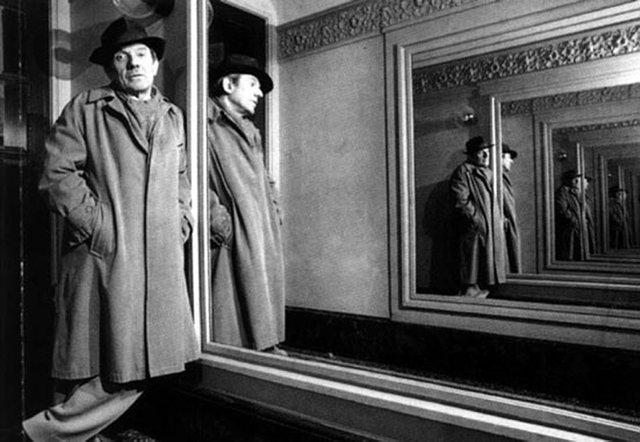Philosophical Underpinnings of Different Blockchains.
Philosophical Underpinnings of Different Blockchains

I find it fascinating to see where different projects have drawn their inspiration from (or claim to have), which helps elucidate quite a bit regarding a blockchain's culture and set goals. For example, the ICON white paper begins with the following quote from Deleuze and Guattari's "A Thousand Plateaus":
"A rhizome has no beginning or end; it is always in the middle, between things, interbeing, intermezzo. The tree is filiation, but the rhizome is alliance, uniquely alliance. The tree imposes the verb "to be" but the fabric of the rhizome is the conjunction, "and ... and ...and..."This conjunction carries enough force to shake and uproot the verb "to be." Where are you going? Where are you coming from? What are you heading for? These are totally useless questions."
- 『 Mille Plateaux 』 , Gilles Deleuze & Felix Guattari
Which makes perfect sense for an initiative whose goal is to bridge all existing and possible blockchains. Further down the paper:
ICON is inspired by Gilles Deleuze and Felix Guattari’s rhizome – “the world with no center point and the world where any point is a mere connection to other points.” ICON is a connector of disparate cryptocurrencies with different blockchain governances, and furthermore, a connector of the crypto world to our real world. ICON embraces the new and the unfamiliar, the principle of radical inclusion – accept new ideas and decisions made by the new republic established by ever-changing crypto-to-real world connections.
Augur's mention of Friedrich Hayek and his famous 1945 essay "The Use of Knowledge in Society" is also an excellent reference point which puts things in perspective. From the very essay:
The peculiar character of the problem of a rational economic order is determined precisely by the fact that the knowledge of the circumstances of which we must make use never exists in concentrated or integrated form but solely as the dispersed bits of incomplete and frequently contradictory knowledge which all the separate individuals possess. The economic problem of society is thus not merely a problem of how to allocate “given” resources—if “given” is taken to mean given to a single mind which deliberately solves the problem set by these “data.” It is rather a problem of how to secure the best use of resources known to any of the members of society, for ends whose relative importance only these individuals know. Or, to put it briefly, it is a problem of the utilization of knowledge which is not given to anyone in its totality.
Fundamentally, in a system in which the knowledge of the relevant facts is dispersed among many people, prices can act to coördinate the separate actions of different people in the same way as subjective values help the individual to coördinate the parts of his plan. It is worth contemplating for a moment a very simple and commonplace instance of the action of the price system to see what precisely it accomplishes.[…] The whole acts as one market, not because any of its members survey the whole field, but because their limited individual fields of vision sufficiently overlap so that through many intermediaries the relevant information is communicated to all. The mere fact that there is one price for any commodity—or rather that local prices are connected in a manner determined by the cost of transport, etc.—brings about the solution which (it is just conceptually possible) might have been arrived at by one single mind possessing all the information which is in fact dispersed among all the people involved in the process.
We must look at the price system as such a mechanism for communicating information if we want to understand its real function—a function which, of course, it fulfils less perfectly as prices grow more rigid. The most significant fact about this system is the economy of knowledge with which it operates, or how little the individual participants need to know in order to be able to take the right action. In abbreviated form, by a kind of symbol, only the most essential information is passed on and passed on only to those concerned.
Ethereum itself, along with IOTA, are particularly reminiscent of a contemporary school of thought which emerged almost alongside from a trend that became known as Speculative Realism -- namely, Object-Oriented Ontology (which is itself an extension, in a way, of Latour's Actor-Network Theory).
Basically, OOO rejects the privileging of human existence over that of nonhuman objects, and also attributes agency to nonhuman actors. This is in contrast to the anthropocentric view of Kant's Copernican Revolution where phenomenal objects are said to conform to the mind of the subject. For an object-oriented ontologist (ontology and metaphysics can be used interchangably and synonymously) all relations, including those between objects and nonhumans, distort their related objects in the same way as human consciousness does for itself and exist on a 'flat surface' of equal ontological footing, none more real then another.
Or, to quote Richard Brown:
On the blockchain, nobody knows you're a fridge.